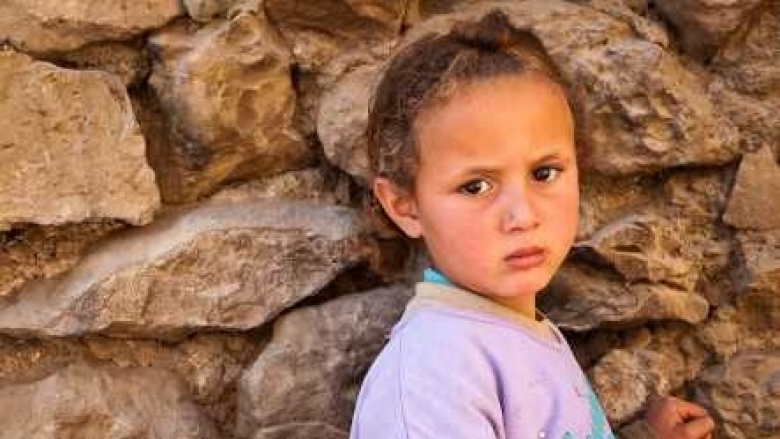Key messages:
- From 2001 to 2014, poverty has substantially declined in Morocco. Consumption per capita increased at an annual rate of 3.3% (3.9% for the bottom 20%), monetary poverty and vulnerability fell to 4.8 and 12.5% respectively.
- The improvement in living standards is also visible in changes of consumption patterns, with a reduction in the food share and diversification toward food of higher nutritional value.
- Growth has been pro-poor but the urban-rural gap in poverty rates remains large. From 2007 to 2014, the growth of households’ consumption in the bottom quintiles was positive and above the average. In addition, the growth of consumption in urban areas was higher than in rural areas. Thus, urban poverty rate decreased faster than the national rate: in 2001 urban poverty was half the national level, in 2014 is decreased to a third.
- At a subnational level, the evolution of the standard of living between 2001 and 2014 indicate a convergence between Morocco’s 12 administrative regions, although the rate of reduction in regional disparities was not the same. The convergence coefficient indicates that the standard of living of the less affluent regions grew faster than that of the richest regions. Convergence has been strong in Fes-Meknes and the Oriental region, while it has been slower in Draa-Tafilalt and Benimalal-Khenifra. The process of convergence is all but completed. With an annual convergence rate of 4%, it would take 24 years for the convergence process to reduce initial regional disparities by half.
- Overall inequality has slightly decreased though not in all regions. The Gini coefficient fell slightly between 2001 and 2014, going from 40.6 to 39.5. The reduction in the overall Gini coefficient was the result of two counter-balancing trends: convergence of development across regions and increased within region inequality in some of the regions. Indeed, inequality increased in some regions (e.g. Rabat-Sale-Kenitra from 39.9 to 44.2 and the Southern regions from 35 to 40.2) while it decreased in others (Casablanca, Marakesh-Safi and Souss-Massa).
- Growth contributed to poverty reduction in all regions while the effect of inequality differed across regions. Poverty reduction is mainly attributable to household consumption growth: simulations suggest that about 90% of poverty reduction is due to growth and only 10% to the slight decline in inequality.
- Despite positive outcomes as far as poverty alleviation is concerned, Morocco is still faced with high subjective poverty, especially in rural areas. The marked divergence between subjective poverty and the monetary aspects of poverty is a common phenomenon in developing countries, which shows the complexity of the very concept of poverty. Nationally, the subjective poverty rate (the percentage of household considering themselves poor) increased from 41.8% in 2007 to 45.1% in 2014. The largest increase was in rural areas, where it increased by 15%, reaching 54.3%; meaning that more than half of the rural population consider themselves as poor. This was true also among women (55.3%) and youth below 25 years old (57.6%). Overall, 39.3% of households thought that poverty increased and 63.9% believed that inequality has grown. The high perception of poverty is in contrast with the actual reduction in monetary poverty, as well as the high rate of growth in agriculture GDP.
